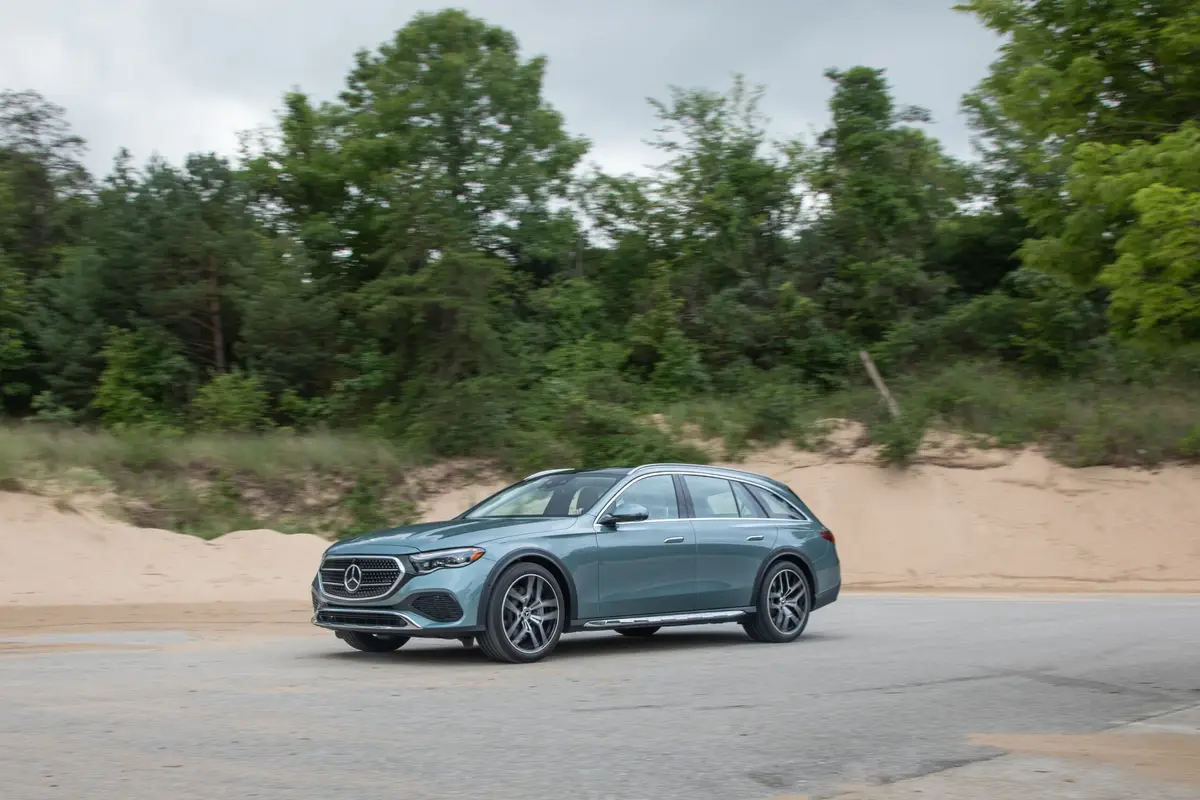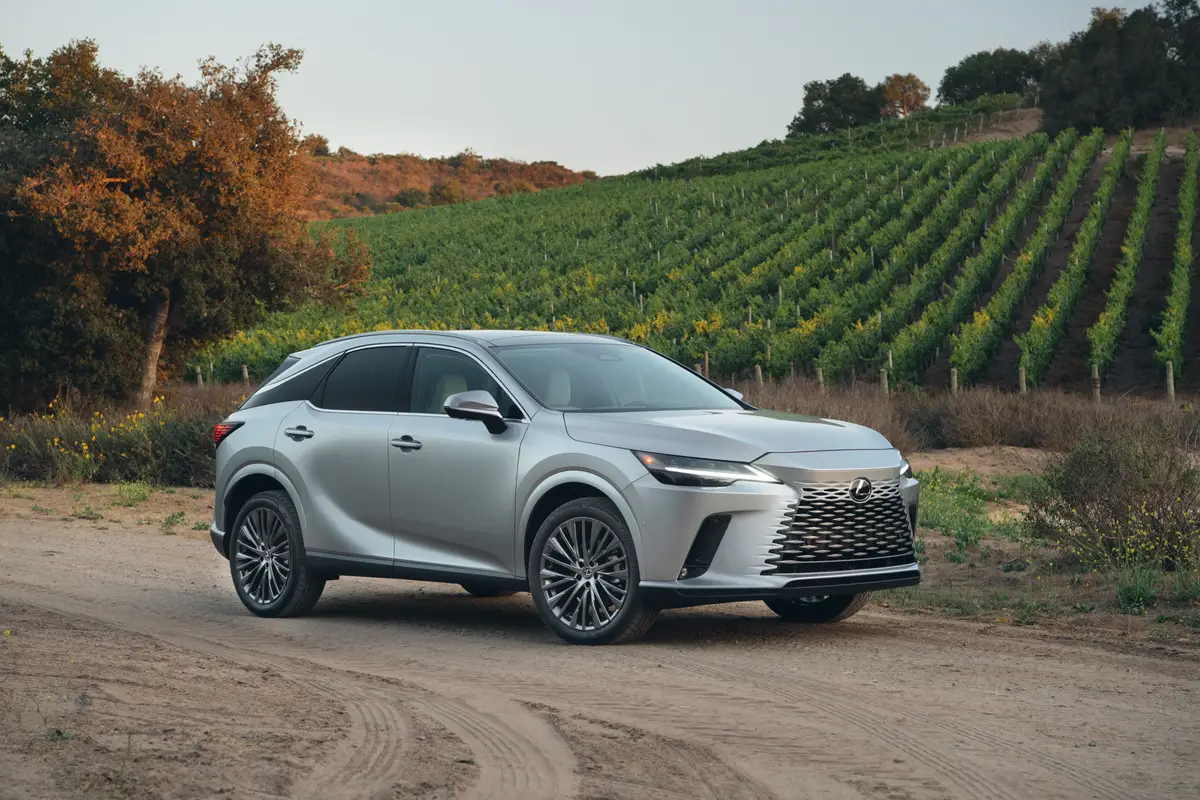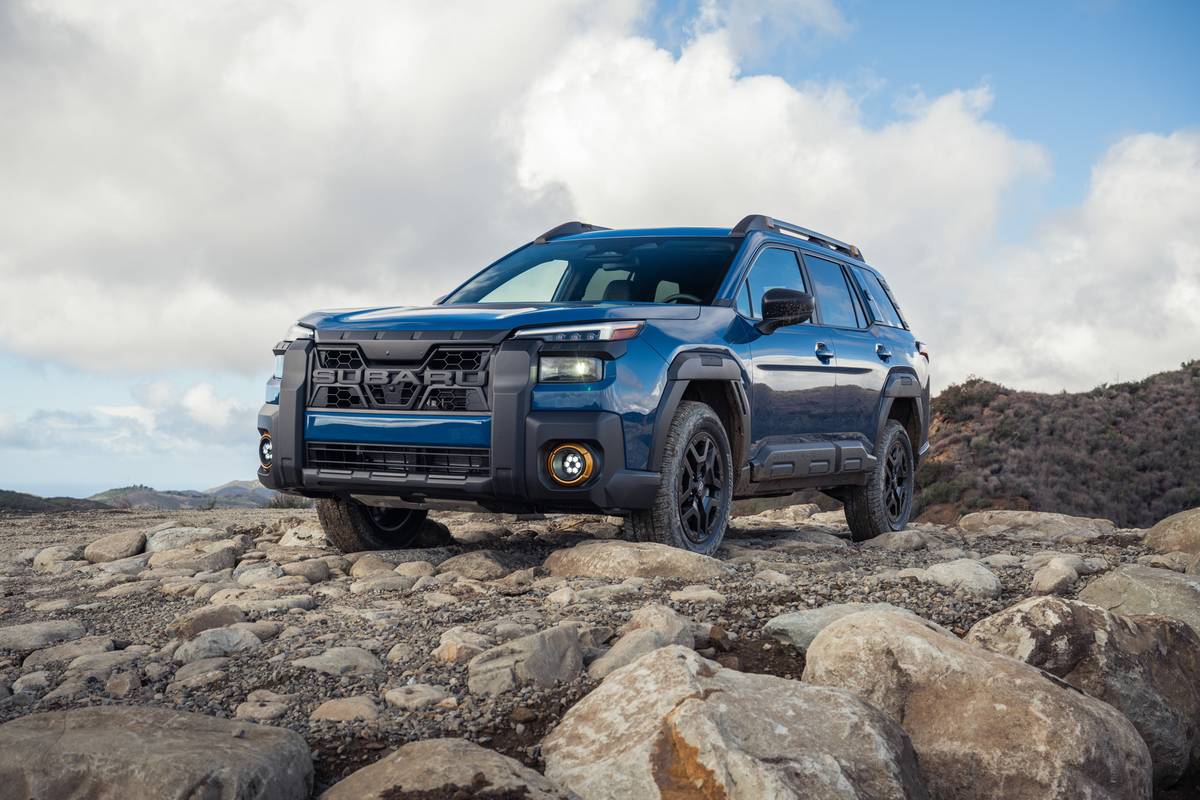washingtonpost.com's view
She learned to drive on Louisiana roads where trucks are common and big trucks are king. So, when she learned that we were leaving New York in a 2008 Chevrolet Tahoe sport-utility vehicle, my sister, Loretta Marie Brown-Curry, the Florence Nightingale of our family, smiled broadly.
“I love the Tahoe,” she said. And then her face turned wicked.
“I’m driving,” she said, referring to our return trip to Northern Virginia, which several members of my family, a few displaced by the ravages of Hurricane Katrina, now call home.
Loretta came to New York to help Mary Anne, my wife, cope with another family emergency — a double medical trauma that put me and my oldest daughter, Binta, in New York Presbyterian hospital pretty much at the same time.
“You’re not well enough to drive,” she said to me. I was recovering from an emergency kidney treatment, but I was perfectly fine to drive.
“Oh, yes, I am driving,” I said in a voice Loretta knew all too well. It augured argument; and Loretta, a very gentle soul, does not like to argue.
It wasn’t bravado. I was feeling fine. Driving is therapy for me, especially driving a technological wonder such as the Tahoe. It was General Motors’ version of the two-mode hybrid, which is not in any way to be confused with the barely hybrid 2008 Chevrolet Malibu Hybrid sedan reviewed Feb. 24 in this space.
The two-mode hybrid was developed by GM, BMW and what was DaimlerChrysler before Germany’s Daimler dumped America’s money-losing Chrysler in pursuit of greener pastures.
Technologically, it was a very successful collaboration, as evidenced by the mostly impressive performance of the rear-wheel-drive 2008 Chevrolet Tahoe Hybrid, which also is available with four-wheel drive.
We left New York with a full tank — 24.5 gallons of regular unleaded gasoline. We also left with a full vehicle — me, Mary Anne, Loretta and all the luggage and stuff that can accumulate when what was supposed to have been a simple weekend visit turns into a two-month medical ordeal.
Nearly 290 miles later, we arrived home in Arlington with one-half tank of fuel left. That worked out to 22 miles per gallon, which was phenomenal for something as big as a Tahoe SUV , weighing 5,617 pounds (rear-wheel-drive model) and equipped with a six-liter, 332-horsepower V-8 engine.
Loretta, who has driven Tahoe SUVs before, and who reveres them because of how four-wheel-drive Tahoe SUVs were used to pull some family members and friends out of the Katrina mess, was stunned.
“I can’t believe this!” said my sister, who had taken over driving duties midway along the New Jersey Turnpike. “We’re home. We didn’t stop for gas. And we still have a half of tank? Wow!”
Wow, indeed.
The two-mode hybrid is engineered to produce the best fuel efficiency under all driving conditions without sacrificing any of the qualities that attract people to big SUVs in the first place. As its name implies, it essentially does this two ways:
In Mode 1, at low speeds or with the Tahoe carrying light loads, the Tahoe can operate electrically with its 300-volt battery powering electric drive motors; or it can run on gasoline-engine power only, or any combination of engine and electric power.
Mode 2 is for highway driving, where some electrical assistance still is given to the engine, but also is where what GM calls Active Fuel Management comes into play. AFM deactivates four of the V-8 engine’s cylinders if the SUV’s computer-controlled transmission “thinks” the Tahoe can continue running at a given speed with a given load using less power. The result is fuel saved in a big vehicle that once consumed it at the rate of 10.5 miles per gallon in the city and barely 17 mpg on the highway.
That’s progress.
Latest news



